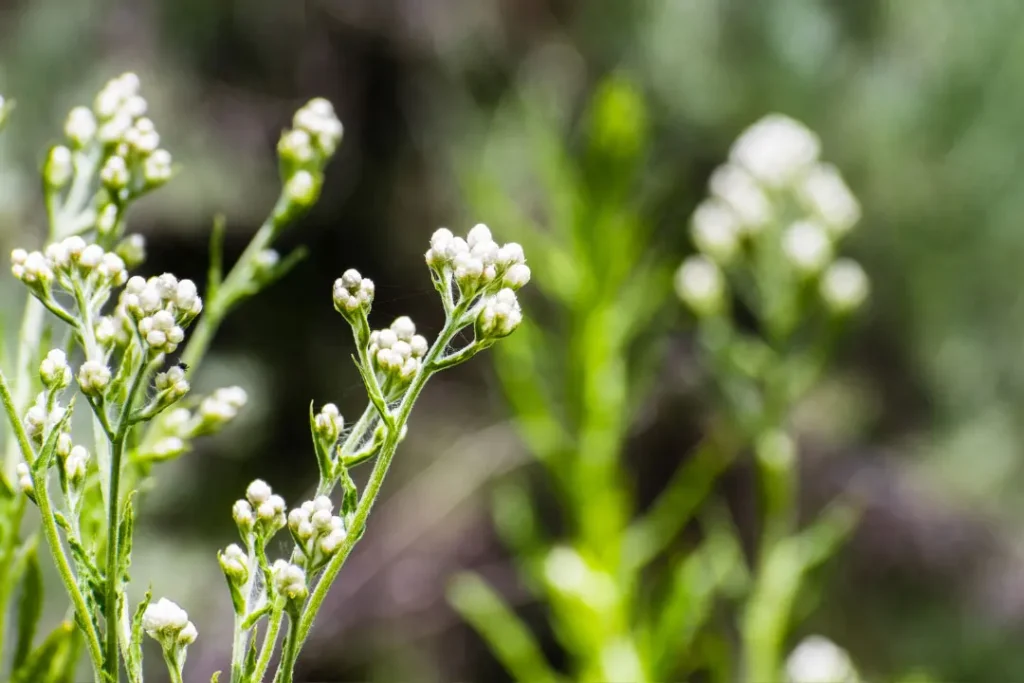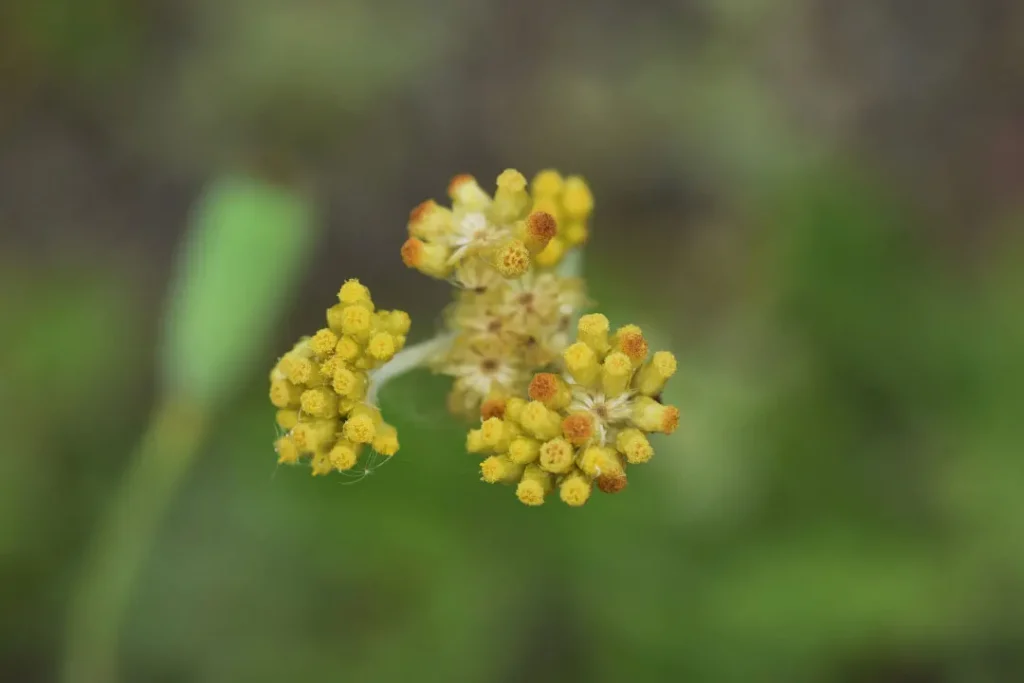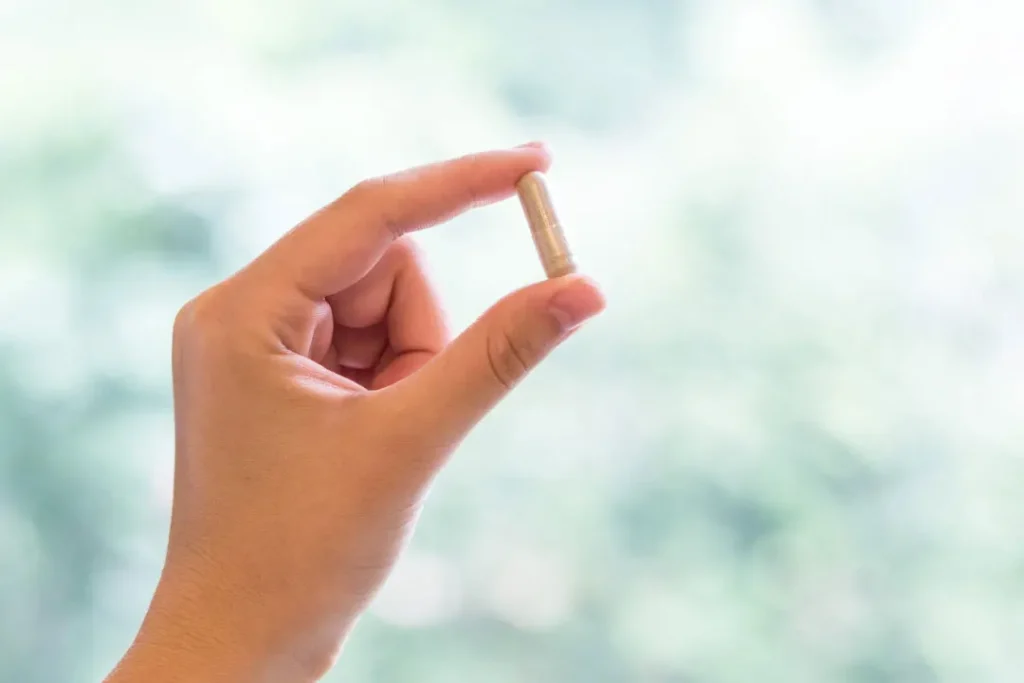Cudweed is a multipurpose, herbaceous plant found all over the world. It is a plant that belongs to the genus Gamochaeta. Cudweed is a plant with broad, rounded leaves and tiny, fluffy blooms that has a long history of use in traditional medicine to treat a variety of ailments. The scientific community has just recently started to thoroughly examine its possible health advantages, though. The nature, health advantages, recommended dose, adverse effects, possible drug interactions, and responsible usage procedures of this intriguing but less well-known nutritional supplement are reviewed in this article.
You May Also Like:
Coconut: Benefits, Dosage, Side Effects, Drug Interactions, and Other Important Information
Codonopsis: Benefits, Dosage, Side Effects, Drug Interactions, and Other Important Information
Nature of Cudweed
Cudweed is a name used to describe several species of plant. Those species of plant are found in places such as North & South Americas, Eurasia, Africa, and other locations. These plant species can be found in temperate regions, tropical mountains, or in the subtropics. Cudweed plant species contain flavonoids and diterpenes. They also contain leontopodic and leontopodic acid B, a recent scientific discovery. Cudweed plants are typically winter annuals or short-lived perennials.
Most of the surface of Cudweed is covered in wooly hairs, sometimes appearing in clusters. Cudweed leaves are grayish green. Each plant typically grows between 10-24 inches tall.
Health Benefits of Cudweed
Cudweed has a wealth of terpenoids and flavonoids, which are responsible for its beneficial effects on health. Quercetin and kaempferol are two well-known flavonoids with strong antioxidant capabilities that can help shield your body from oxidative stress and inflammation. Additionally, they may contribute to cardiovascular health by encouraging appropriate blood pressure levels and blood lipid profiles, which lower your risk of heart disease.
Cudweed contains terpenoids. In particular, these substances have demonstrated in laboratory experiments to impede the development of several kinds of cancer cells, suggesting a promising field for further study.
Cudweed has been used in traditional medicine to cure a number of diseases, including respiratory problems, diarrhea, fever, and wound healing. Although further scientific studies are still needed to completely evaluate these applications, the powerful bioactive chemicals in Cudweed offer a strong basis for these health claims.
Cudweed has a wealth of terpenoids and flavonoids, which are mostly responsible for its beneficial effects on health. Quercetin and kaempferol are two well-known flavonoids with strong antioxidant capabilities that can help shield the body from oxidative stress and inflammation. Additionally, they may contribute to cardiovascular health by encouraging appropriate blood pressure levels and blood lipid profiles, which lower the risk of heart disease[2].
Cudweed contains terpenoids, including as lupeol and betulinic acid, which have been studied for their possible anti-inflammatory and anticancer properties[3]. In particular, these substances have been demonstrated in laboratory experiments to impede the development of several kinds of cancer cells, suggesting a promising field for further study.
Cudweed has been used in traditional medicine to cure a number of diseases, including respiratory problems, diarrhea, fever, and wound healing. Although further scientific studies are still needed to completely evaluate these applications, the powerful bioactive chemicals discovered in cudweed offer a strong basis for these health claims.

Chemistry of Cudweed
Cudweed, a member of the Gamochaeta genus, is distinguished by its diverse chemical composition, which is rich in terpenoids, flavonoids, and other substances. The foundation of the supposed therapeutic capabilities of the plant is these phytochemicals.
The vast majority of plant-based polyphenols are known as flavonoids, and they are found throughout the plant kingdom. They fall under the categories of flavonols, flavones, flavanones, flavanols, anthocyanidins, and isoflavones, among others. Cudweed is particularly abundant in flavonols.
Physiological Mechanisms of Action
The interaction of Cudweed’s bioactive chemicals with the body’s numerous metabolic pathways affect physiological processes. A variety of advantageous benefits are made possible by the synergistic interactions between the flavonoids, terpenoids, and other substances.
Flavonoids function as scavengers, successfully interacting with and neutralizing free radicals to reduce oxidative stress and cellular damage. Additionally, flavonoids act as effective anti-inflammatory drugs by altering cellular signaling pathways associated with inflammation.
Lupeol and betulinic acid, two terpenoids, exhibit promise anti-inflammatory and anticancer properties. They appear to prevent the development of cancer cells and trigger apoptosis, a form of programmed cell death. These chemicals are thought to interfere with important signaling pathways required for cancer cell survival and proliferation, while the exact processes are yet unknown.
Both flavonoids and terpenoids appear to suppress the synthesis of cytokines and other pro-inflammatory chemicals in relation to inflammation. This activity aids in the control of inflammation and the alleviation of related symptoms.
The bioactive components of Cudweed may interact at the molecular level with several proteins, enzymes, and receptors in the body, altering their behavior. Inflammation-causing enzymes like cyclooxygenase-2 (COX-2) may have their activity reduced, for example. Or nitric oxide, a chemical involved in both inflammation and pain perception, may have its synthesis downregulated.
Cudweed’s physiological mechanisms of action entail a complex interaction of biochemical pathways, with antioxidant and anti-inflammatory effects. To completely comprehend these pathways and their possible therapeutic implications, more study is essential.

Optimal Dosage of Cudweed
There isn’t a set recommended dosage for Cudweed as a dietary supplement due to the early stages of study currently conducted. The dose may change based on the supplement’s form (such as a dried herb, tincture, or pill), the exact species of Cudweed, and the user’s general state of health. A healthcare practitioner should be consulted before beginning Cudweed supplementation, as with any other dietary supplement.
Side Effects of Cudweed
Cudweed may have certain negative consequences, notwithstanding any possible health Cudweed may have certain negative consequences, notwithstanding any possible health advantages. Some individuals, especially those who have a known sensitivity to plants in the Asteraceae family, to which Cudweed belongs, may have allergic responses, such as skin rash, itching, or swelling. Additionally, like with any plant, excessive intake may cause stomach pain.

Potential Substance Interactions
Like many other plants, Cudweed could have an effect on how some medicines work. Cudweed, for instance, may interact with nonsteroidal anti-inflammatory medicines (NSAIDs) and enhance their effects due to its putative anti-inflammatory qualities, increasing the risk of adverse effects. Similar to how certain flavonoids have a blood-thinning action, Cudweed may interact with anticoagulant and antiplatelet medications to increase the risk of bleeding.
Responsible Use Practices
When considering Cudweed as a nutritional supplement, please use careful consideration due to the potential negative effects and interactions. Starting with a smaller dose and progressively increasing it while being monitored by a healthcare practitioner is always advised. Cudweed should not be consumed by anyone who have known sensitivities to plants of the Asteraceae family. Additionally, before beginning Cudweed supplements, if you are using any kind of medicine, especially NSAIDs, anticoagulants, or antiplatelets, you should speak with your doctor. Due to a lack of relevant safety information, Cudweed should not be used by expectant or nursing women.

Cudweed: Conclusion
For years, Cudweed was generally viewed as a medicinal aid, but in recent years, attitudes regarding its dietary use have expanded. Cudweed, as a dietary supplement, could benefit you and be available in your area, as members of this plant species grow naturally on multiple continents. Cudweed, a common herbaceous plant, may soon find its proper position in the world of natural health, as studies continue to uncover its potential health advantages. Scientists continue to make advancements in understanding its contribution to the eradication of health conditions related to inflammation, pain, and cancer, among others. Review this information and consider how Cudweed might be a resource to your diet and health.
References:
- “Gnaphalium.” Retrieved From: https://plants.ces.ncsu.edu/plants/gnaphalium/
- “Inflammation: The Common Pathway of Stress-Related Diseases”. Retrieved From: https://www.frontiersin.org/articles/10.3389/fnhum.2017.00316/full
- “Dietary Polyphenols and Their Biological Significance.” Retrieved From: https://www.mdpi.com/1422-0067/8/9/950
Important Note: The information contained in this article is for general informational purposes only, and should not be construed as health or medical advice, nor is it intended to diagnose, prevent, treat, or cure any disease or health condition. Before embarking on any diet, fitness regimen, or program of nutritional supplementation, it is advisable to consult your healthcare professional in order to determine its safety and probable efficacy in terms of your individual state of health.
Regarding Nutritional Supplements Or Other Non-Prescription Health Products: If any nutritional supplements or other non-prescription health products are mentioned in the foregoing article, any claims or statements made about them have not been evaluated by the U.S. Food and Drug Administration, and such nutritional supplements or other health products are not intended to diagnose, treat, cure, or prevent any disease.


